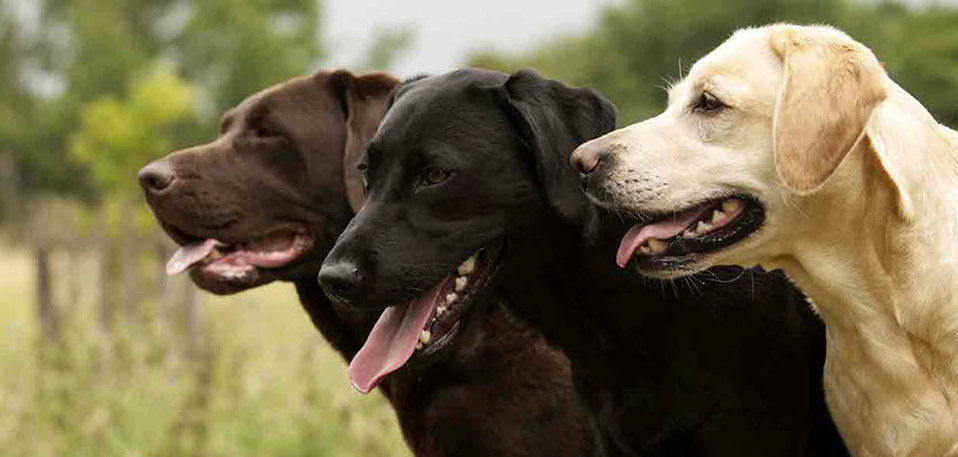Communication key to addressing dog bite incidents in the community
14 May 2018
Some people are better communicators than others and according to United States-based veterinary behaviourist, Dr. Theresa DePorter, the same goes for dogs.
Dr. DePorter is speaking at the Australian Veterinary Association (AVA) Annual Conference on Monday about aggressive dog behaviour. She says that a dog’s communication skills combined with a person’s skill in picking up their cues play a big part in reducing dog bite incidents in the community.
“Dogs communicate through body postures and they utilise an array of senses from pheromones to growls as an effective means to communicate with other dogs. This is how they communicate their emotional state such as fear or stress, not necessarily specific intent. These cues are used to avoid physical altercations between dogs, and it works for the most part.
“But, much like humans, not all dogs have the same communication skills, and some are better at it than others. In general, dog body language is communicated on a gradual scale and the degree to which these can be readily discerned by people varies based on the dog’s communication skills and the person’s skill in recognising these cues.
“Being able to understand a dog’s body language is really important for the safety of pet owners, the community and the welfare of dogs. It’s about being able to read a dog’s body language in a specific context and acting accordingly.
Dr. DePorter says that the majority of dogs will display signs of conflict, stress, anxiety or aggression before an aggressive event occurs. Unfortunately, these signals can go unnoticed or are widely misinterpreted by people.
“Some dogs will display signals to indicate they want a perceived threat to cease. Subtle signals of avoidance such as not engaging in direct eye contact or the absence of movement can often be missed. Owners also regularly misinterpret rolling over as a solicitation of petting when, if in the right context, it could actually be a dog’s way of displaying extreme appeasement behaviour.
“Aggressive body signs such as direct eye contact, lips pulled back at the corners and snarling are often a dog’s attempt to avoid a fight with minimal effort. However, if the perceived threat persists, the dog may elevate its head, neck, and ears, shift its weight forward and stiffen its legs and toes to make itself appear larger and more challenging.
Educating the community about dog body language is really critical in reducing dog bite incidents,” Dr. DePorter said.
AVA President, Dr. Paula Parker says that in an effort to help improve community safety with dogs the AVA has developed a legislative framework called Dangerous Dogs – a sensible solution. She says that the tendency of a dog to bite is dependent on several factors including, early experience, socialisation, training, inherited factors, physical and psychological health and the situation the dog is put in.
“The AVA wants to see a comprehensive approach to improve community safety with dogs. Pet ownership has enormous benefits for individuals and the community. Understanding what a dog is trying to communicate and acting to remove them from the situation or address their concerns is key in improving community safety with dogs,” Dr. Parker said.
The AVA Annual Conference is being held at the Brisbane Convention and Exhibition Centre, 13-18 May 2018.
For further information and requests for interviews contact the AVA media office on 0439 628 898 or media@ava.com.au.
The Australian Veterinary Association (AVA) is the only national association representing veterinarians in Australia. Founded in 1921, the AVA today represents 9000 members working in all areas of animal science, health, and welfare.
